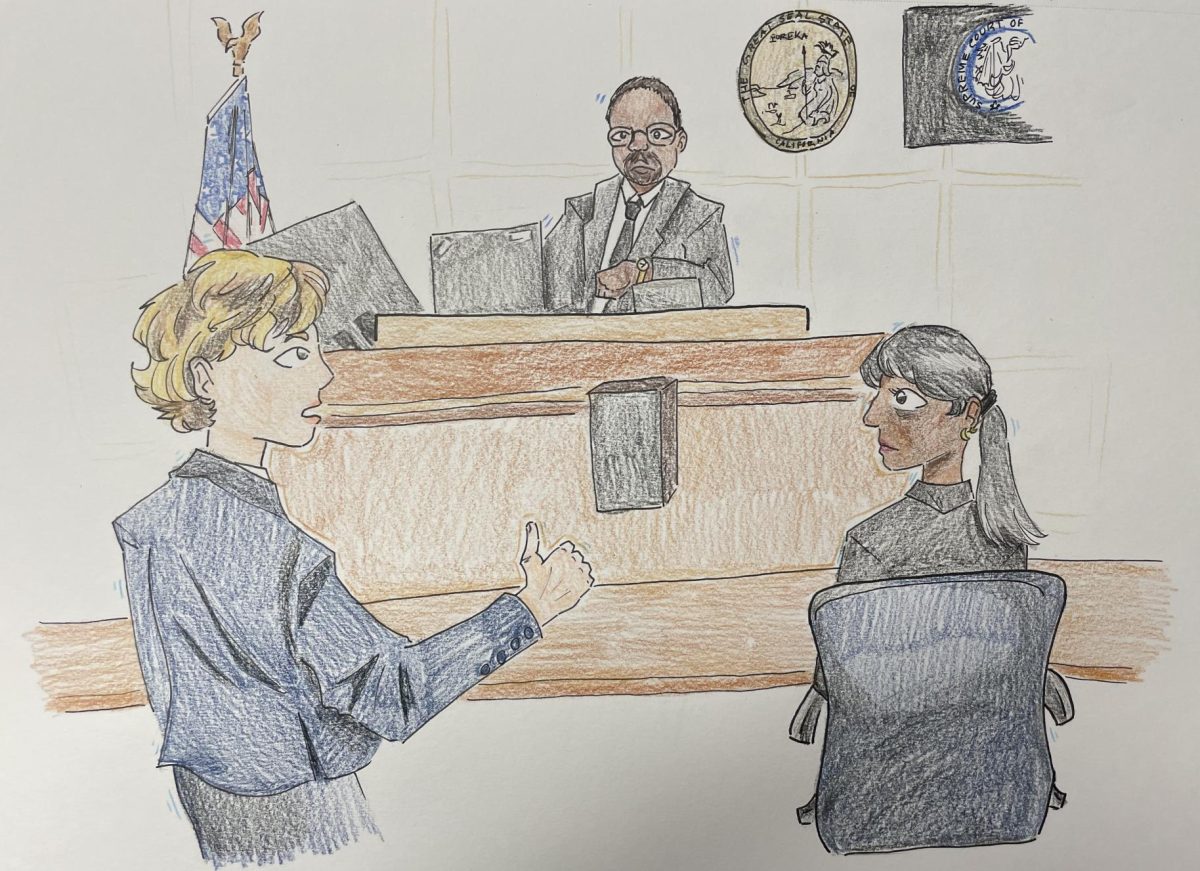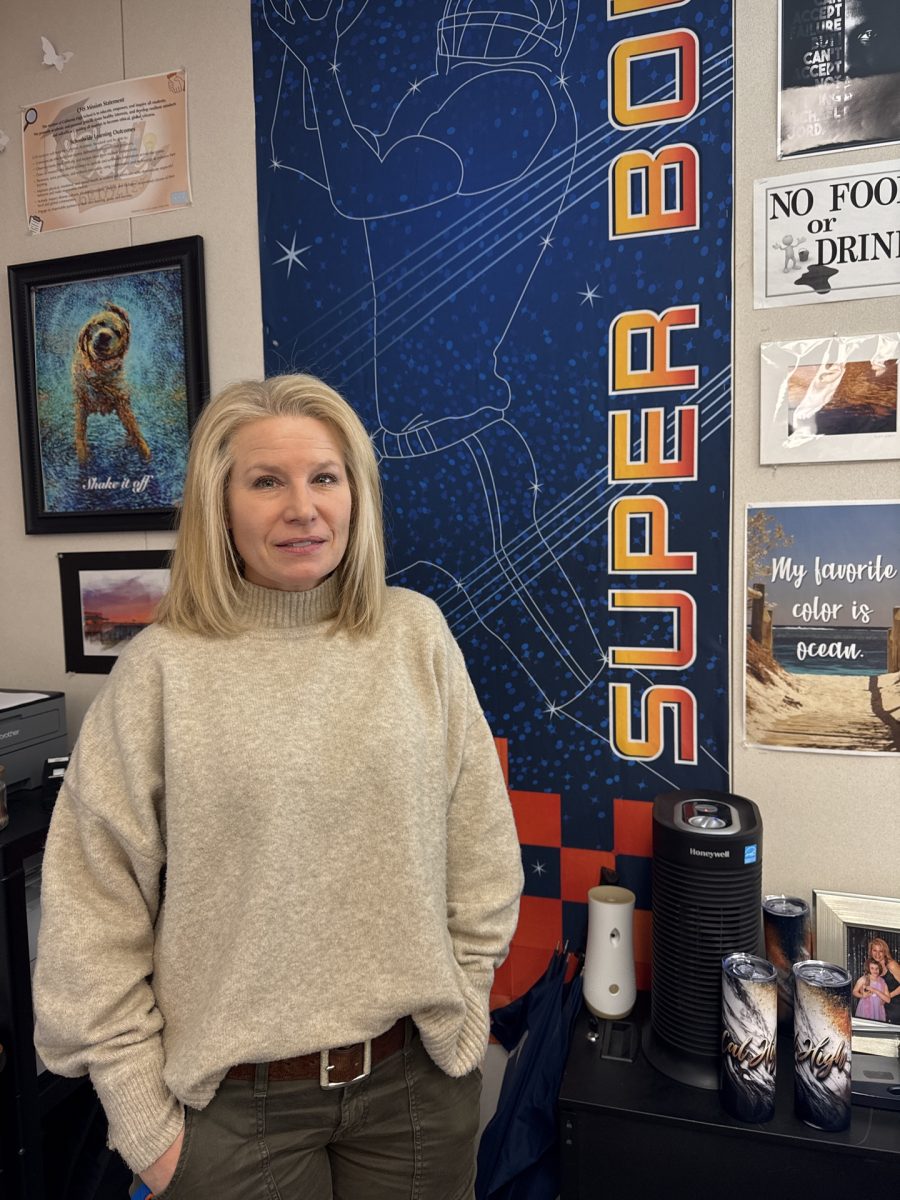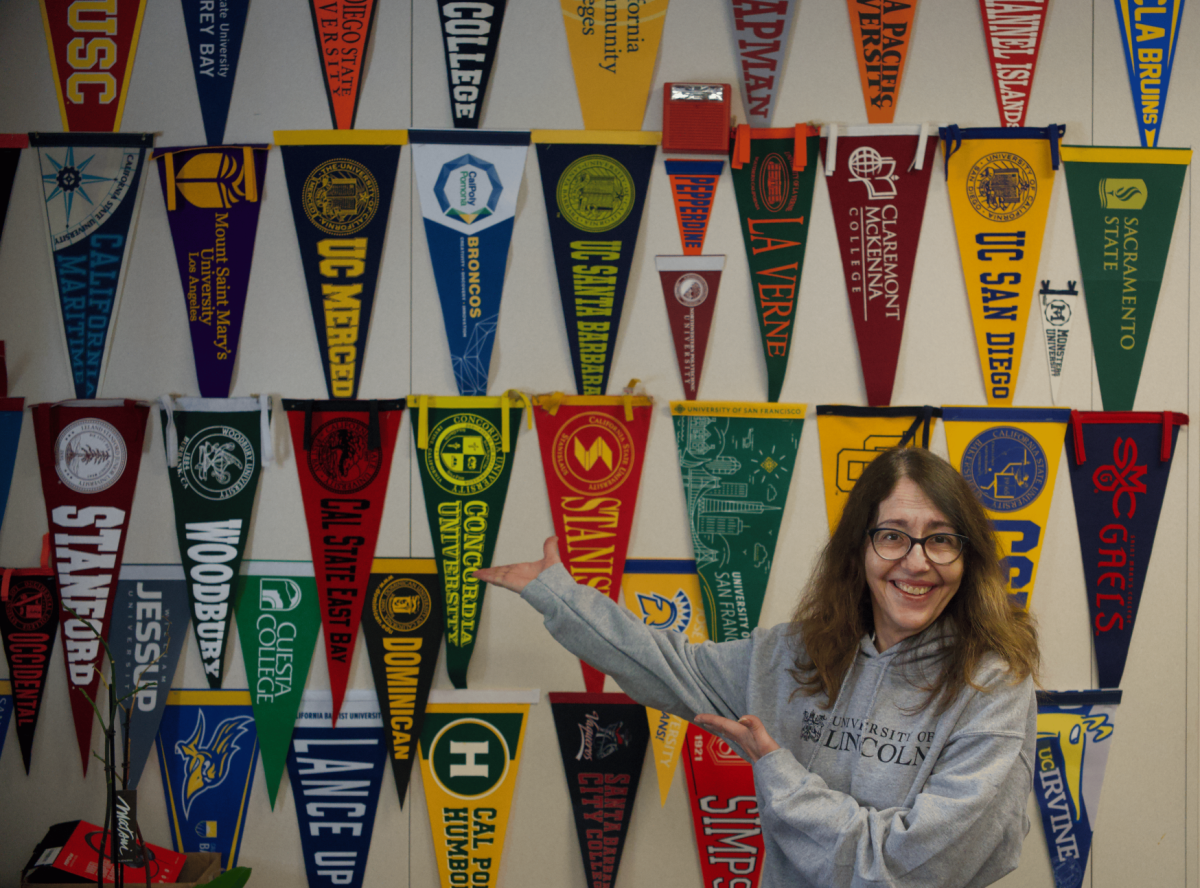New classes this year have broadened Cal High’s educational opportunities and exposed students to careers in a wide variety of fields.
ROP game art design, World War II History, AP Music Theory, and personal finance with business applications have all been added to Cal’s course catalogue.
County ROP administrators approached Game Art Design teacher Steve Armstrong three years ago witht the idea adding the class, and he tried it out one semester with his Web Page Design students.
Armstrong had experience with computers while teaching desktop publishing and web page design classes, but teenagers today have easy access to the Internet with websites such as Facebook, and they quickly lost interest.
But when game art design was introduced to web page design students, they were engrossed in the class.
“Kids are so into games,” said Armstrong. “But they don’t know the steps in how they are created.”
Game art design was one of senior Jase Kurtz’s top choices when it came to arranging his schedule this year.
“I’ve always had an interest in games,” said Kurtz. “I’ve played them all my life.”
In the class, students learn everything from designing and programming computer games, to learning skills they need to work in the industry.
Students such as Kurtz are eager to get deeper into the components of game design, but students began the year by learning the first steps of Photoshop.
“I really want to start learning the process of making games and software,” said Kurtz.
He has has no trouble keeping up with the hands-on curriculum, and he is possibly interested in even pursuing a career in game designing.
“I’m computer literate, so it’s easy for me.” said Kurtz.
Recently, the class was assigned a project in which students had to make an animated basketball bounce. Although this may sound like a simple task, students had to ensure that many complex elements such as shadows and timing blend seamlessly.
“It really teaches kids how to start with nothing, and end with something,” said Armstrong.
Future musicians and history buffs are extending their knowledge in AP Music Theory and World War II History.
Although the courses are new to the student body this year, AP Music Theory teacher Lucerne Mottaz taught the class before it went on hiatus several years ago.
John Chilcott also taught World War II History for five years. He brought it back in part because of his own personal fascination with the topic.
Chilcott visited the D-Day Beach in Normandy, France in 2002, and he has visited World War II museums across the globe.
He is interested in just about anything related to the subject, and although many students share this interest with him, only juniors and seniors can enroll in the class.
“We want students first to have an overview in world history,” said Chilcott, “because in this class we go into a lot more detail.”
Students have been working on a project focusing on generals and leaders of the war, and will be reading books such as “Band of Brothers” and “Catch 22.”
Other topics they will learn more about are the military technologies that were involved, how civilians were impacted, and the overall legacy of the war.
Chilcott worked to design the class himself, and because it is offered at other nearby schools, there was no problem having it added to Cal’s schedule.
AP Music Theory was removed from Cal’s course catalog in previous years because of the student body’s lack of interest in the subject.
But last year, students had a very strong desire to expand their knowledge of music.
“A handful of students came to me that were interested in the class,” said Mottaz. “It was student generated.”
Compared to classes such as choir, band, and music today, AP Music Theory offers students more broad and detailed strategies in skills like sight singing, composing music, and utilizing performance exercises.
Junior Michelle Meng was so eager to take AP Music Theory she signed up for an A period just to be in the class.
“It’s something different,” said Meng. “You don’t just sit there and read textbooks.”
The course is especially important to Meng, who started playing the piano when she was six years old, but never mastered music theory.
She considers her hobby a helpful strategy in understanding the complex elements of the class.
“Without playing an instrument you wouldn’t be able to get a picture in your head,” said Meng.
College boards provide the lessons that Mottaz must teach in AP Music Theory, but having to impart standard curriculum to a diverse room of musicians is not a simple task.
“It is difficult to teach because everyone is on different levels musically,” said Mottaz. “Everyone is getting caught up to the same point.”
Most assignments are done in workbooks that are broken up into three separate levels, which cater to each individual’s proficiency in the subject.
The students also sight sing as a group, are lectured on new vocab and chords, and occasionally listen to songs in order to become familiar with different styles and sounds of music.
“It is a deeper knowledge of the math and physics of music,” said Mottaz.
Another class that helps students with their math skills is the new personal finance with business applications class.
“I thought it would be helpful in future, real life situations,” said senior Courtney Glickman. “It’s a pretty good class.”
The curriculum is beneficial to students with a large array of aspirations, as most people will encounter financial situations at home and in any career.
Jennifer Gilson never taught the subject before, but math curriculum leader Jean Dillman approached her regarding the class.
Gilson met with a Dougherty Valley teacher to discuss the subject and ultimately agreed to take on the class because students at Dougherty enjoy it, and students at Cal showed interest in it.
Students enrolled in the class are preparing when it comes to responsibilities like making investments, managing their income, and obtaining loans.
“Most math skills are needed to solve word problems,” said Gilson. “It is applying old skills in a new way.”
On a typical day of the class, students are first introduced to the background of a topic. They then learn basic terms and formulas they will need for that specific topic, and spend the rest of the class practicing those new concepts.
Many students took the class because it does not involve complicated topics such as trigonometry and calculus. But it does involve complicated situations and elementary math skills that are used to solve them.
“They learn about being an independent person,” said Gilson.





